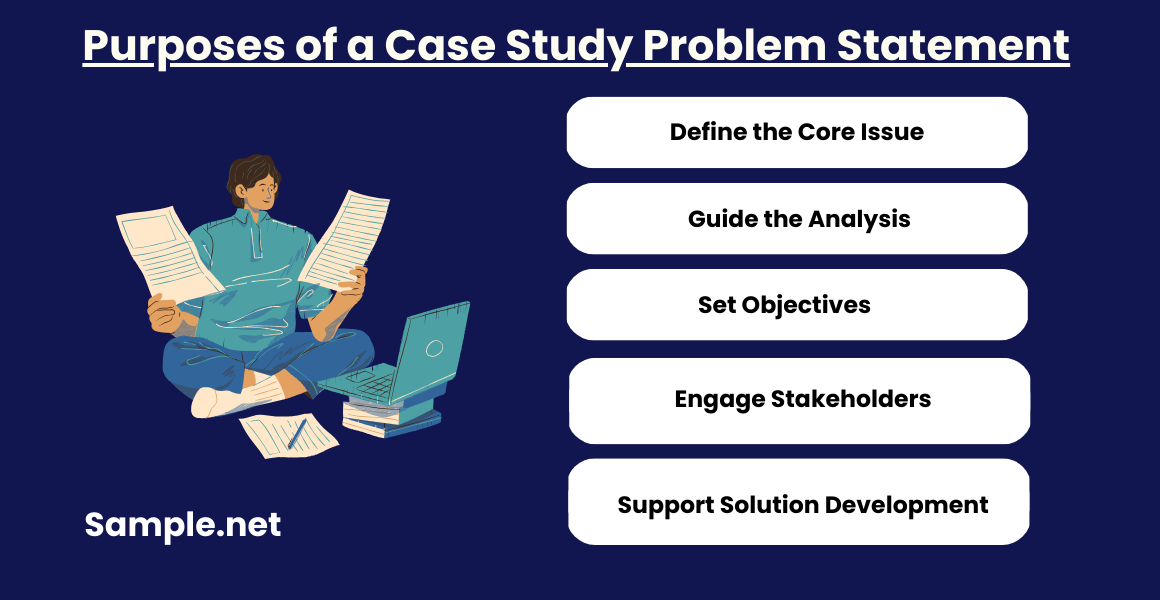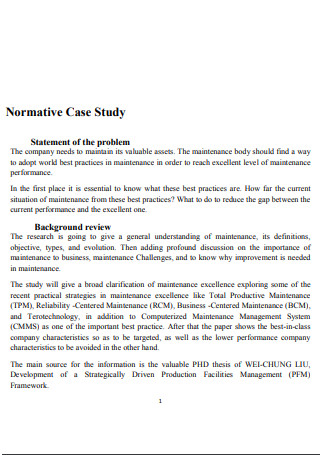
Case Study Problem Statement Samples
-
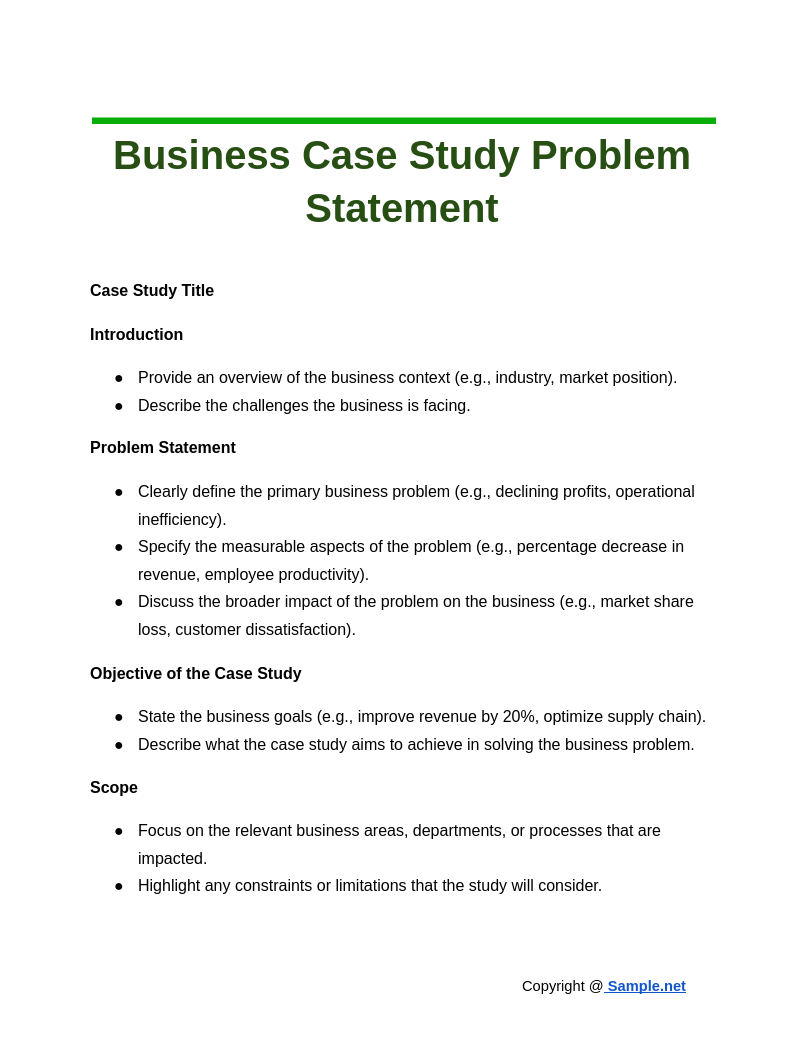
Business Case Study Problem Statement
download now -
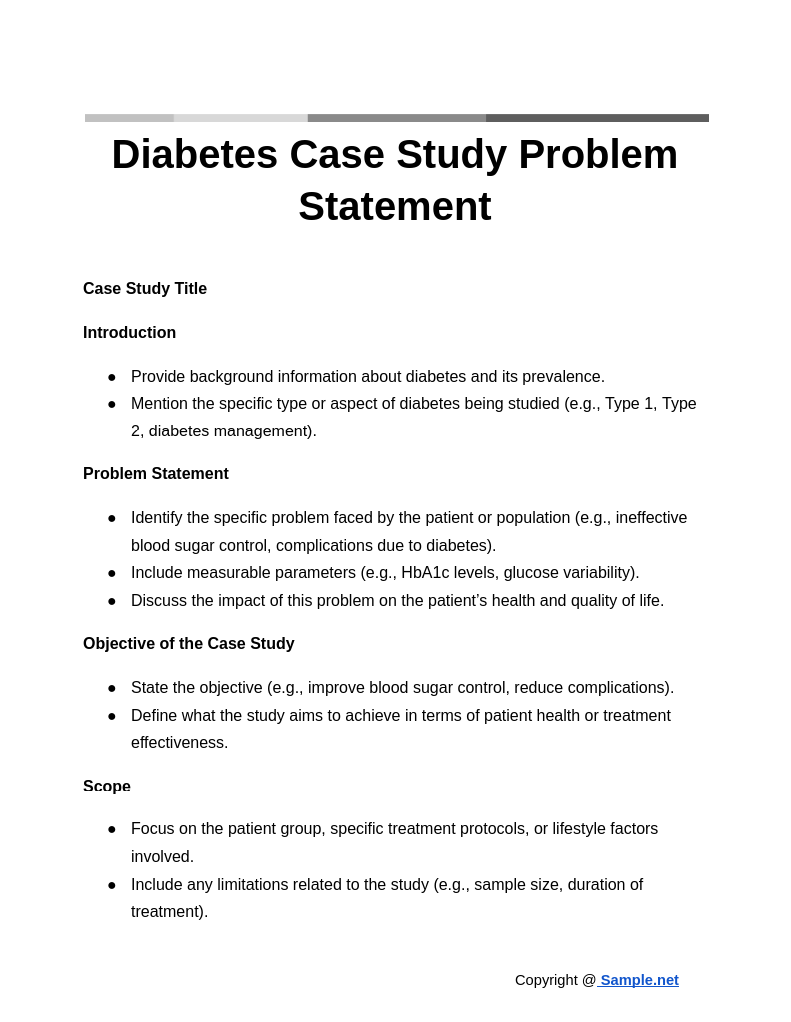
Diabetes Case Study Problem Statement
download now -
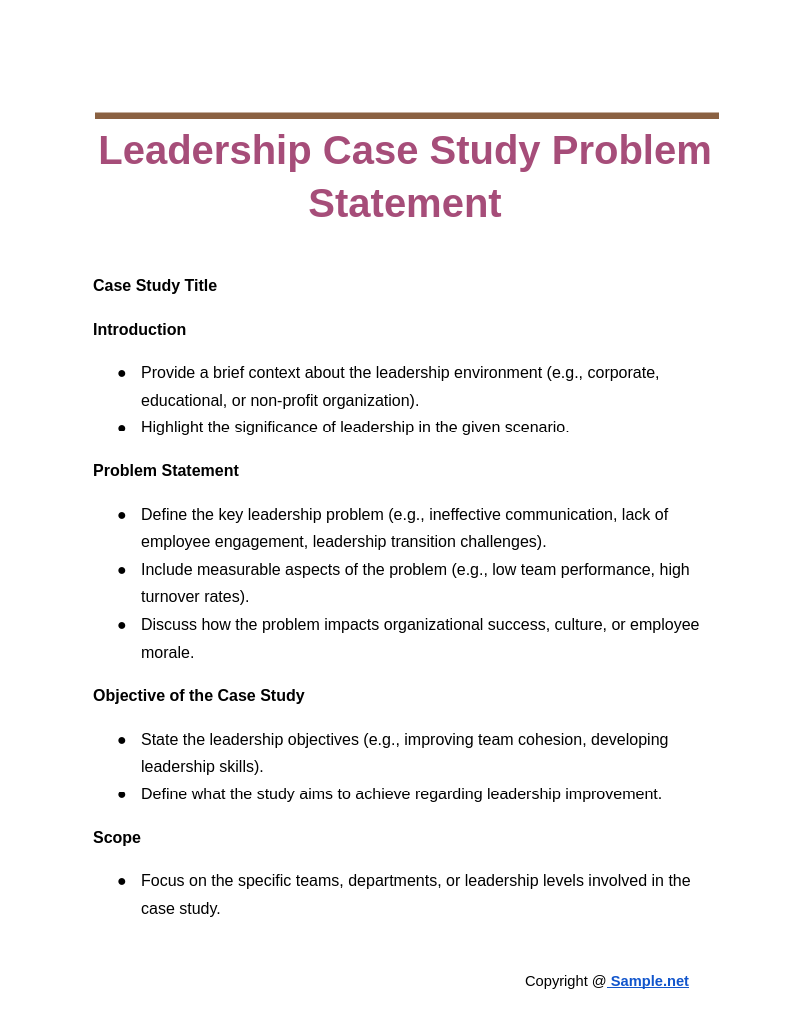
Leadership Case Study Problem Statement
download now -
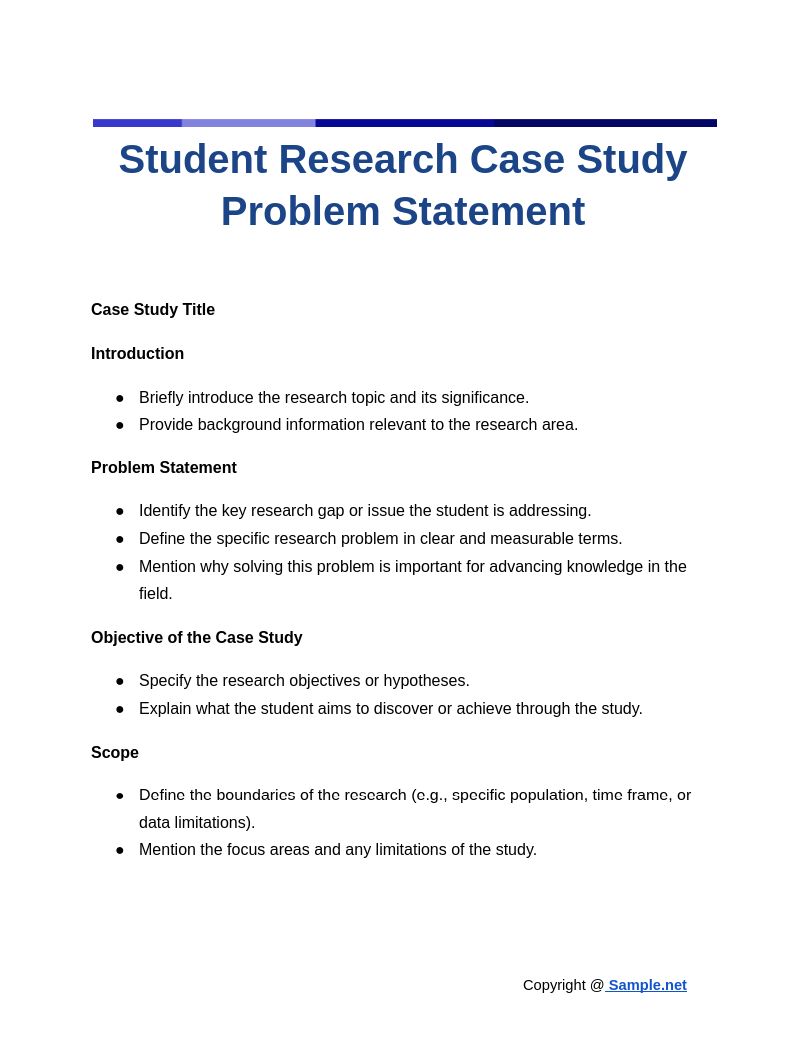
Student Research Case Study Problem Statement
download now -

Case Study Problem Statement
download now -
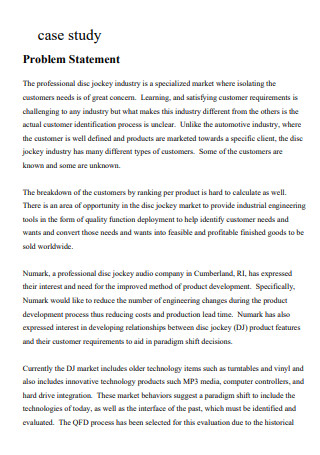
Sample Case Study Problem Statement
download now -
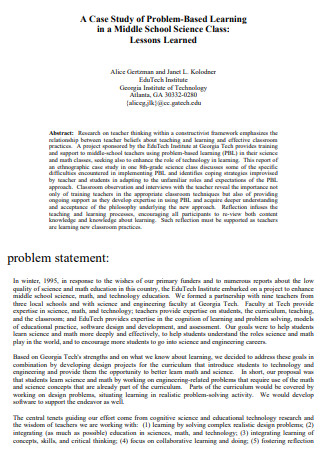
School Case Study Problem Statement
download now -
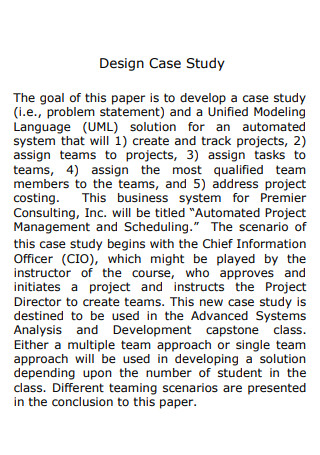
Design Case Study Problem Statement
download now -
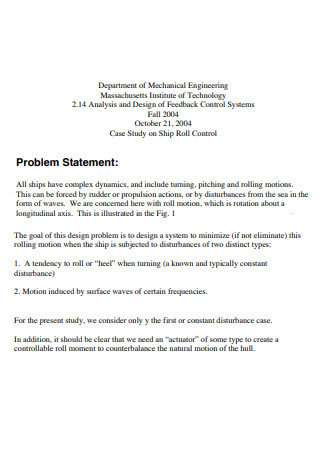
Case Study on Ship Roll Control Problem Statement
download now -
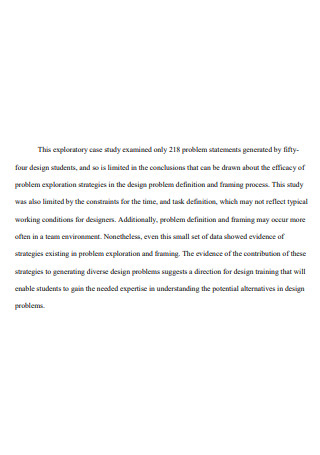
Exploratory Case Study Problem Statement
download now -

Digital Case Study Problem Statement
download now -
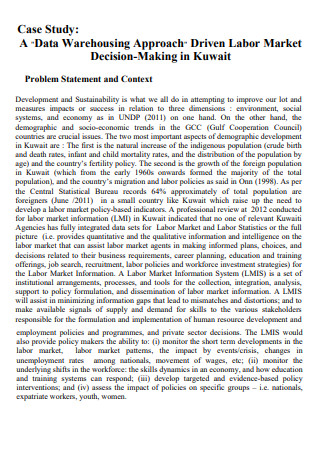
Warehousing Case Study Problem Statement
download now -
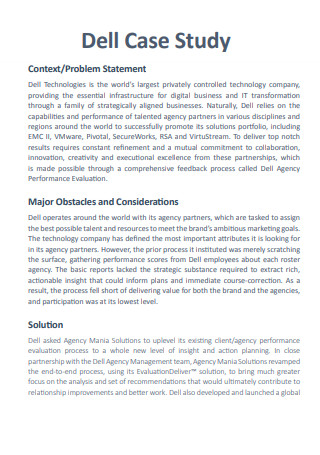
Formal Case Study Problem Statement
download now -
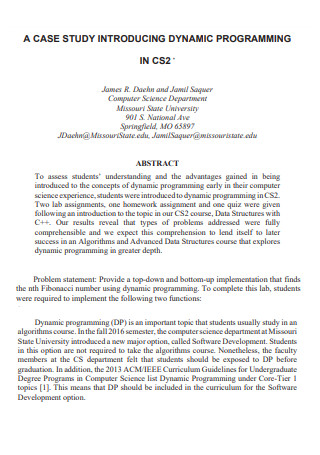
Programming Case Study Problem Statement
download now
FREE Case Study Problem Statement s to Download
Case Study Problem Statement Format
Case Study Problem Statement Samples
What Is a Case Study Problem Statement?
Purposes of a Case Study Problem Statement
How to Write a Case Study Problem Statement
FAQs
What is an example of a case study type?
Where do you gather data during a case study?
What questions should you ask in a case study?
How can a poorly defined problem statement affect the case study?
How does a problem statement influence stakeholder engagement?
What are the key components of a strong problem statement in a case study?
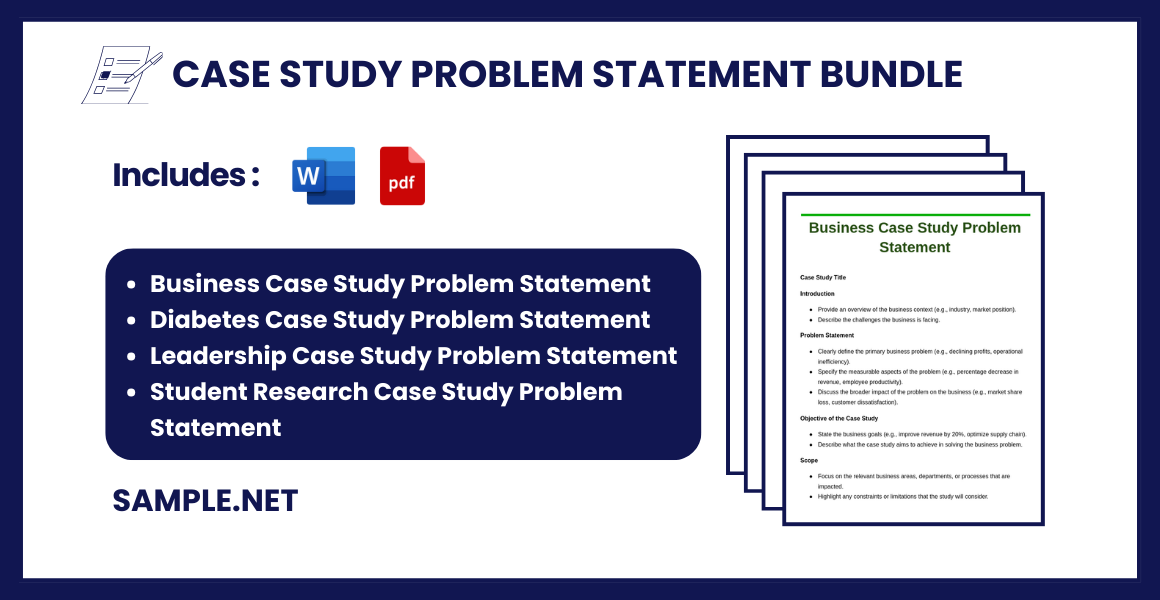
Download Case Study Problem Statement Bundle
Case Study Problem Statement Format
Case Study Title
Introduction
- Provide a brief context about the case study topic.
- State the background and industry specifics if needed.
Problem Statement
- Clearly define the primary problem(s) faced by the organization/individual.
- Ensure the statement is specific, measurable, and relevant.
- Highlight the implications of the problem, such as the impact on operations, revenue, customer satisfaction, or market position.
Objective of the Case Study
- State the main goal of the study.
- Specify what the case aims to achieve in terms of problem resolution.
Scope
- Define the boundaries of the case study.
- Include relevant details about the focus area, departments involved, and any other limitations.
Key Stakeholders
- List individuals or groups affected by the problem.
- Mention the roles and their interest in solving the problem.
Expected Outcomes
- Clearly outline the expected outcomes if the problem is solved.
- This could include measurable improvements, such as increased revenue, reduced costs, improved efficiency, or customer satisfaction.
What Is a Case Study Problem Statement?
A Case Study Problem Statement is a description of the specific problem or challenge that the case study aims to address. It highlights the issue’s importance, scope, and context to set the stage for further analysis and solution development. You can also see more on Nursing Problem Statement.
1. Define the Core Issue
The primary purpose is to clearly identify and articulate the main problem that the case study seeks to solve. It ensures that everyone involved understands the core issue and focuses on the same problem throughout the analysis.
2. Guide the Analysis
A well-defined problem statement provides direction to researchers or analysts. It helps focus on gathering relevant data, examining contributing factors, and exploring potential solutions aligned with the identified problem. You can also see more on Research Problem Statement.
3. Set Objectives
The problem statement helps establish clear and achievable objectives for the case study. It aligns the goals of the study with resolving the problem, making the analysis more structured and goal-oriented. You can also see more on Medical Problem Statement.
4. Engage Stakeholders
It aids in communicating the problem’s importance to stakeholders, such as decision-makers, team members, or clients. This engagement helps build support for the study and ensures that stakeholders are invested in finding solutions.
5. Support Solution Development
By defining the problem clearly, the problem statement acts as a foundation for developing effective and targeted solutions. It ensures that proposed solutions address the root cause, improving the overall effectiveness of the case study. You can also see more on Communication Problem Statement.
Since a problem statement is a valuable asset in a case study, it is important that it should be written correctly. With that being said, here are the steps to be followed when writing a case study problem statement. You can also see more on User Problem Statement. Bear in mind that there may be some similarities in these steps when compared to writing a general problem statement.
This is the first step to be taken when writing a case study problem statement. In this step, identify the problem that needs to be looked at during the duration of the case study. Additionally, you should also begin your problem statement by explaining the ideal environment that would exist if your problem did not exist. This part should attempt to outline what the case study wants to achieve or learn more about. This step is important since it provides the necessary context in order to make the problem easier to understand.
After describing the ideal situation in the previous step, it is time to explain what the actual situation is in this step. In this part, your objective should be to clearly identify the present environment. In this section, you should recognize the issues, what is causing them, and why it is a problem. You should also explain when, where, and how you discovered the problem. In relation to the previous step, this step is also important in the case study problem statement since it should express not only what the problem is, but also the reason why it became a problem in the first place and the reason why it’s important to address it as soon as possible. You can also see more on Quality Problem Statement.
Once the reality of the situation has been explained including the reasons why it needs to be addressed, proceed to this step of the case study problem statement. Write the repercussions part of your issue statement in this section. This section is intended to quantify and verify the problem’s assertion. This section can be used to determine particular figures such as the amount of time or income lost or the number of resources spent. In this area, it is critical to give real data to back up your statements.
After stating the possible consequences that can occur if the problem is neglected, it is time to propose a solution to it. In this portion of the case study problem statement, you should aim to determine how the case study will help you achieve your goals and create your ideal environment. While you may opt to identify numerous alternative answers in this part, it is more crucial to focus on how the research will identify those solutions than the precise solution that will be implemented. You can also see more on Marketing Problem Statement.
After proposing an intended solution to the problem, it’s time to prove and demonstrate why the proposed solution is the ideal one. This step will prove to be an excellent moment to illustrate why the proposed solution will work, with an emphasis on efficiency and the financial effect of your solution. Address the difficulties that the proposed solution would solve, as well as the intangible advantages that your solution will provide. Keep in mind that all of this should be included in a single brief paragraph.
Finally, after providing a demonstration of why the solution is going to work, proceed to the final part of the problem statement. This is only short and simple as it should consist of only the problem, the reason it needs to be addressed, and a summarized demonstration/written argument of why the proposed solution is ideal to solve the problem. You can also see more on Revised Problem Statement.
An example of a case study type is an explanatory case study. What is it? Whenever an incident happens in the field, it is necessary to provide an explanation. And this type of case study report will be used to explore the reason why the event happened. It will provide explanations about the cause. The report will also include information regarding the event’s impact. Most of the time, this report will utilize evidence to forecast future events. The findings of explanatory reports are conclusive. It should be highlighted that there is no space for interpretation in this sort of case study. The outcomes of an explanatory case study are unequivocal. You can also see more on Dissertation Problem Statement.
There are different sources in which you can gather data whenever you are conducting a case study. Examples are interviews, direct observations, and participant observations. An interview can be a very reliable method since it involves very structured questions which are designed to extract clear and direct answers from the participants. The direct observation method of data gathering involves observing the subject in its natural setting while the participant observation method involves the researcher of the case study participating in events and observing the outcomes and actions.
In a case study, you may ask anything. Because case studies are qualitative, you should avoid asking ‘yes’ or ‘no’ questions. Questions with yes or no answers will not provide you with the information you require. When asking questions, you might ask your client about the challenges they encountered, the solutions they discovered, or what they believe is the best option. Leave room for them to ask follow-up questions. This will aid in the development of the study. You can also see more on Technology Problem Statement.
It can lead to misguided analysis, unclear solutions, and ineffective problem-solving efforts, wasting time and resources.
It clarifies the problem for stakeholders, helping them understand its significance and encouraging collaborative problem-solving. You can also see more on Architectural Problem Statement.
A strong problem statement includes a clear problem definition, context, impact, and urgency, ensuring comprehensive understanding. You can also see more on Analytics Problem Statement.
[/ns_row]
How to Write a Case Study Problem Statement
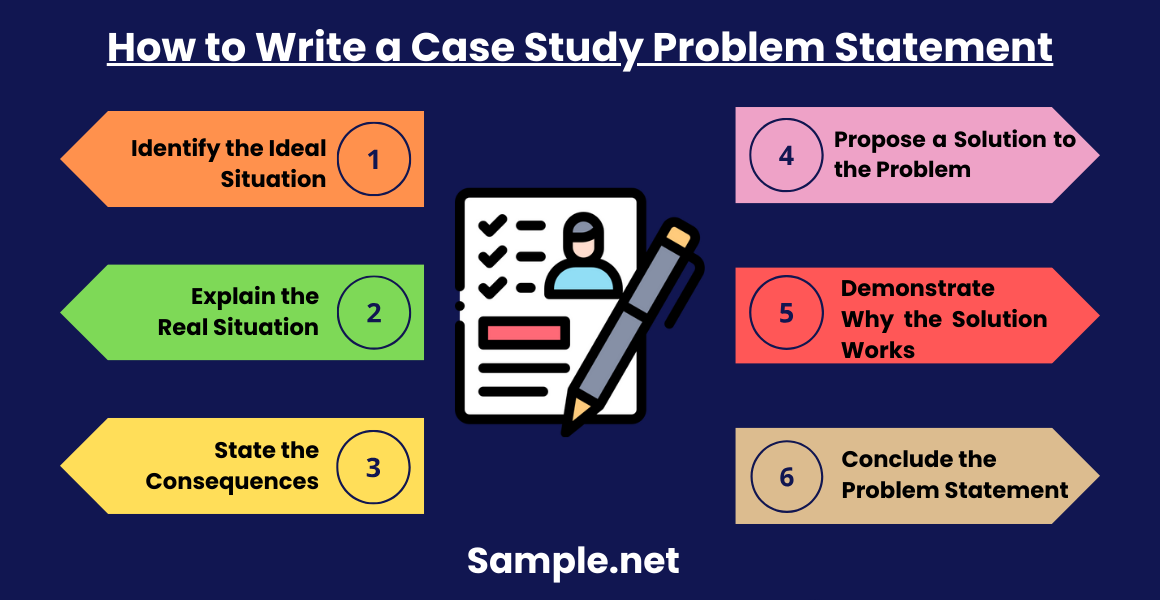
1. Identify the Ideal Situation
2. Explain the Real Situation
3. State the Consequences
4. Propose a Solution to the Problem
5. Demonstrate Why the Solution Works
6. Conclude the Problem Statement
FAQs
What is an example of a case study type?
Where do you gather data during a case study?
What questions should you ask in a case study?
How can a poorly defined problem statement affect the case study?
How does a problem statement influence stakeholder engagement?
What are the key components of a strong problem statement in a case study?

